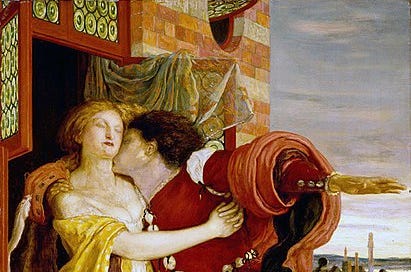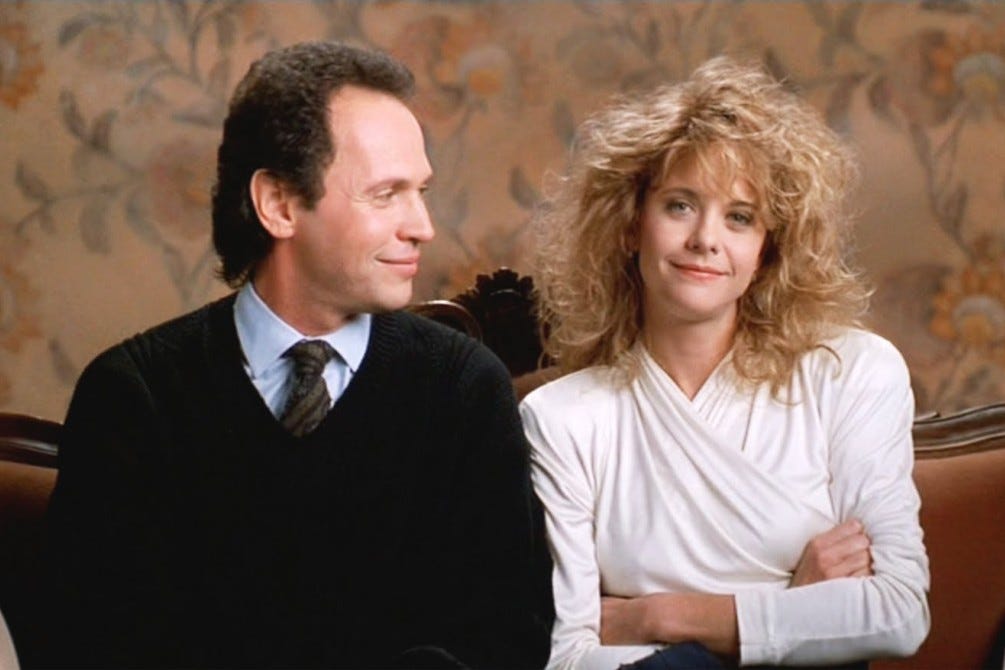Oh, hello! I didn’t see you there. <Turns from fireplace.> You caught me coming up with a useless neologism to describe novels-in-progress that don’t have a clear protagonist. This one’s got a portmanteau AND a pun in it. You’re welcome!
You may have Notagonist Syndrome if you’ve said things like:
“My novel is about three main characters whose intersect on a single night.”
“The story has dual protagonists with equally-weighted POVs.”
“You could say that the main character is the city itself.”
“It’s really an ensemble cast.”
…etc., etc.
In my classes and coaching, I find that this happens most in multi-POV stories and “two-handers.”* We’ve all read and admired novels like this—Gillian Flynn’s Gone Girl, Lauren Groff’s Fates and Furies, George R. R. Martin’s Game of Thrones, Min Jin Lee’s Pachinko, Kate Atkinson’s Case Histories, and most of Jennifer Egan’s novels, to name a few off the top of my head. I wrote one myself. The appeal is clear: multiple POVs allow the writer to explore several different facets of a single theme, event, setting, or relationship. Multi POVs can add depth or breadth to story; create dramatic irony, suspense, twists, or metafictional commentary; and give the author a chance to show off different voices and prose styles.
Moreover—and this is less commonly acknowledged—multiple perspectives just make a book longer. No shade, it’s tough to fill out three hundred pages with one limited point of view.
Romeo and Juliet, Ford Madox Brown, 1869-70. The ultimate two-hander.
[DETOUR THROUGH NOVEL THEORY: And contemporary mainstream publishing demands almost all limited POVs. I could go on and on about when and how the literary consensus standardized first- and limited third-person POVs for publishable novels, weeding out third- and first-person omniscient almost entirely. I think about this ALL THE TIME. Who can read Middlemarch, or even John Cheever, and not think about it? “Head-hopping” without section breaks is such a cardinal sin now that when I read Hide by Kiersten White, I could hardly bear the distraction. Yet it was acceptable as recently as thirty or forty years ago. It feels like even second-person is now more common than true third-person omniscient. If you ask me (nobody does, shockingly), it’s a trend that evolved and solidified as social structures broke down and became more and more atomized and individualistic over the course of the 20th century. But it’s VERY hard for a novel to do what a realist novel theoretically wants to do—represent reality—from one person’s point of view. So you get multiple POVs, and you get unreliable narrators (Gone Girl) and Rashoman-style metanarratives (Eliza Clark’s Penance) that aren’t quite postmodern enough to be postmodern. Some, like Egan’s The Candy House and Kate Reed Perry’s True Story, layer genres along with perspectives. Also I am still really fascinated by the role of the epistolary novel in all this, which maybe totally blows my theory or maybe proves it? Heck if I know.]
Oh, hello! You’re still here. <Turns away from fire again.> Anyway, I’m not really here to talk about POV, I’m talking protagonists. So, I find it helpful to remember, when I’m in the weeds on this, that the concept of “protagonist” is for writers, not readers. A reader may not even be able to tell who the protagonist is, and probably won’t care either way. That’s fine. A protagonist is ultimately only designated to structure a novel in a way that makes your story a more legible and coherent delivery system for meaning. Characters in a novel are like clauses in a sentence: in my opinion, you the writer have to know which is independent and which is subordinate. Secondary characters, like subordinate clauses, can be just as colorful, absorbing, and important. They’re only subordinate in the grammatical sense, that is, structurally.
Okay, but how do you figure out which character is your protagonist? Here’s a list of questions that can help you decide. None on its own will give you a definitive answer—they’re just useful ways of thinking about whose arc provides the book’s independent clause.
Which character has the most agency in the plot?
Which character drives the action of the book (not the backstory)?
Which character changes the most—not externally, but internally?
Which character’s internal change (or tragic failure to change) best exemplifies or expresses what the novel is about to you?
Whose POV starts the story? Ends it?
Whose sections could you read straight through, skipping the others, and feel you’ve come closest to telling the actual story of the book?
Who states or personifies the thesis of the book—and who resists or rejects it at first, then comes around?
As painful as it is, you may honestly need to write through a significant portion of the book to figure out the answers. Making things more confusing is the fact that most of your characters (including many minor ones) will have SOME kind of an arc, even if it’s incomplete, and all these arcs should contrast or echo each other. But whose arc is most fully there on the page? Whose arc do you have to pay the most attention to, in order to anchor the book and buy yourself a little leeway on the others? Whose arc carries the main takeaway of the book?
Good as Gone is one of my go-to examples, and I apologize for drawing on my own work , but knowing it from the inside is useful here. There are two POVs, the mother (Anna) and the abducted girl (Julie). They get roughly equal page time. Anna’s story opens and closes the book (excluding the prologue). Julie’s story is higher-stakes in terms of external events; and it encapsulates many important themes—trauma and the “perfect victim” myth. For a while, I thought that made her the lead protagonist, or at least an equal one. But it’s Anna.
For one thing, Anna’s story is told in chronological order, while Julie’s unfolds in a reverse chronology. If you took Julie’s sections out, you’d still have a story that made sense. If you took Anna’s sections out, you’d have a pile of disjointed episodes from the life of a young woman, without any idea why you were being told about them in that order. Anna’s the one solving a mystery; Julie is the mystery. And most of Julie’s change happens in backstory. The choices she makes on the page are usually there to illustrate changes that happened off the page. Whereas Anna changes in front of the reader’s eyes, via active choices, responding to circumstances often brought on by her own past actions.
A more subtle example is When Harry Met Sally. (Yes it’s a film, but it’s a perfect two-hander.) Harry and Sally are equally captivating, equally important, equally present on screen. But from the writer’s POV, the protag is Sally. Think about it. Whose perspective and action kicks off the story? Who’s watching whom first? Who makes the first choice (honking her horn)? Now, quick, what’s the thesis statement of When Harry Met Sally? “Men and women can’t be friends, because the sex part always gets in the way.” Harry states it; Sally (rightly) resists it. By the end of the movie the thesis has been proven in a more palatable form: Friends make great lovers, so why resist? (Having married an old friend, I’m partial to this theme.)
Who changes more—and whose change matters more? Sally is a control freak who learns to let go. Harry is a pessimist who learns to hope. But if you had to say whose change matters more for the story, I think you’d have to admit that the theme of letting go of control and following your heart is more important than the theme of looking on the bright side. Sally may not sprint across town on New Year’s Eve, but I would argue that she overcomes the bigger internal hurdle to be with Harry. And she gets the last word, encapsulating the theme: “Anyway, [Auld Lang Syne]’s about old friends.”
I hope this helps cure your No-tagonist Syndrome or whatever you want to call it, but if not, drop a comment or sign up for a class with me or something, we’ll figure it out.
I mean, who do you think Nora Ephron identifies with here?
*Two-hander = a story about a two-person relationship where both partners are given equal weight in the narrative—romance, marriage, friendship, mother-daughter, multi-generational, etc.
**In a tragedy, flip all these “changes the most” questions to “fails to make the most important change.”





